On the territory of Italy there’s an enclaved microstate called San Marino. It was founded at the beginning of 4th century. The legend says that in 301, one of the first Christians, the stonemason Marinus found the refuge here together with his friends. At the top of a mountain he made a cell and moved away there from the surrounding world. His holy life attracted many worshipers and, as a result, a small monastery has formed there.
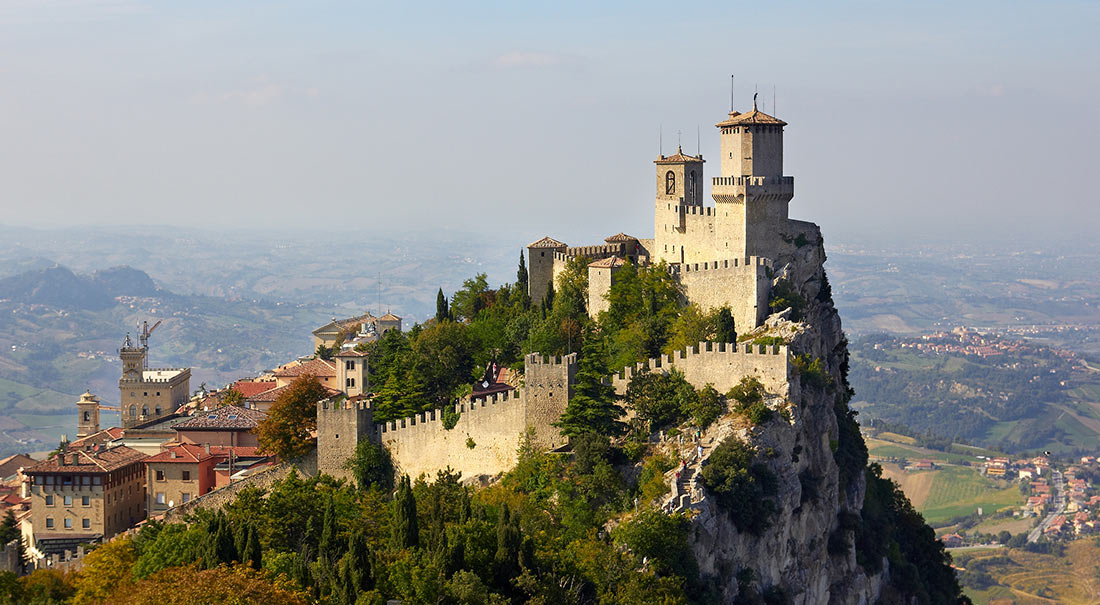
Photo: Max_Ryazanov, from Wikimedia Commons (CC BY-SA 3.0)
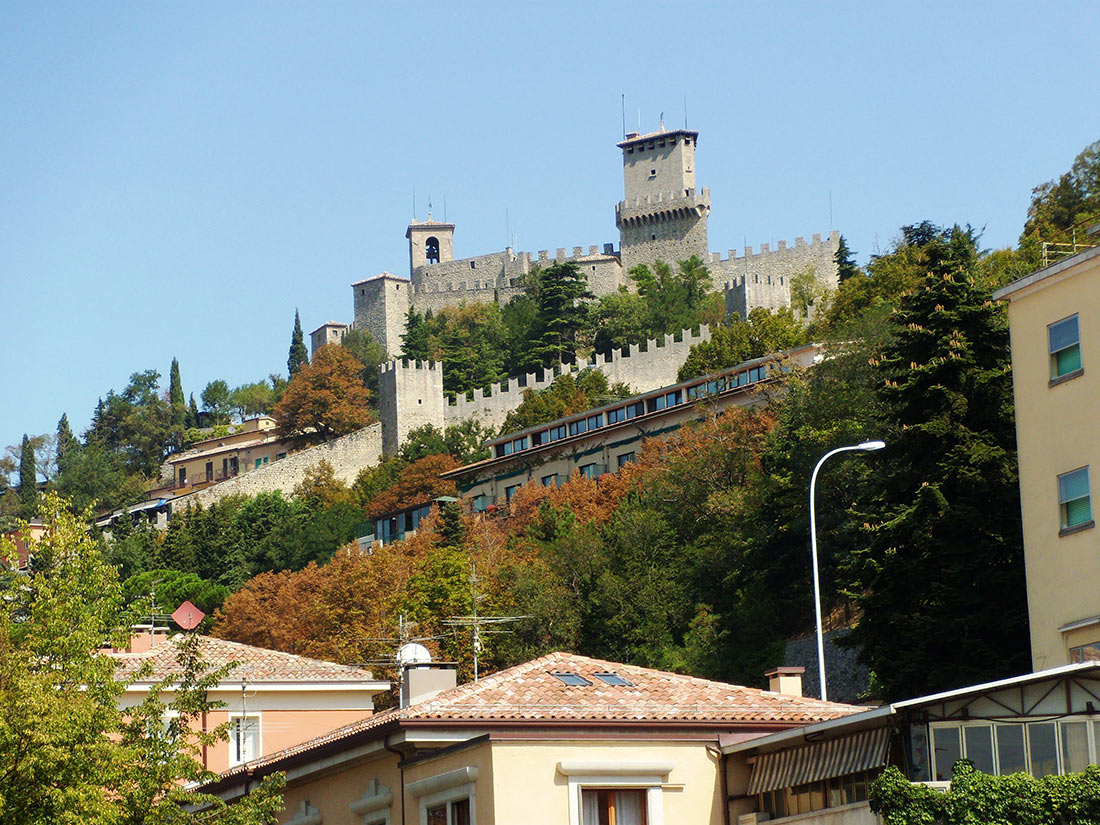
Photo: By Adam91, from Wikimedia Commons (CC BY 3.0)
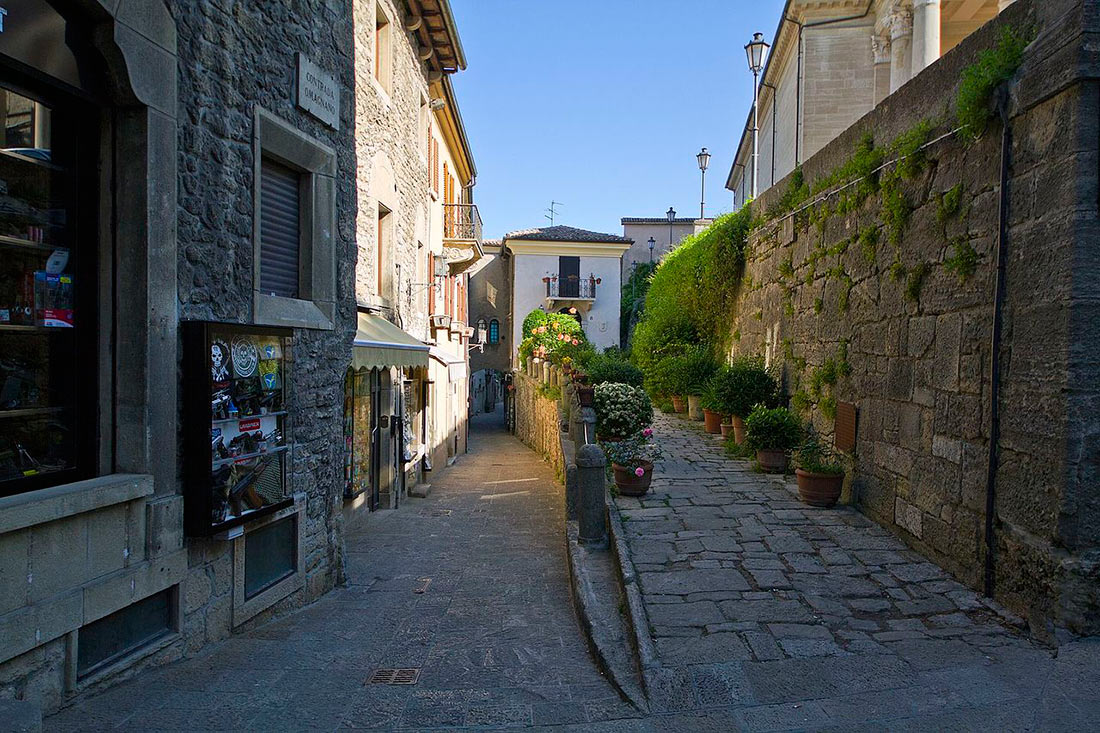
Photo: trolvag, via Wikimedia Commons (CC BY-SA 3.0)
Step by step a city grew up around the monastery. In the middle of 9th century it became an independent state. It is governed not by the King or the President, but by two Captains Regent who are elected for six months.
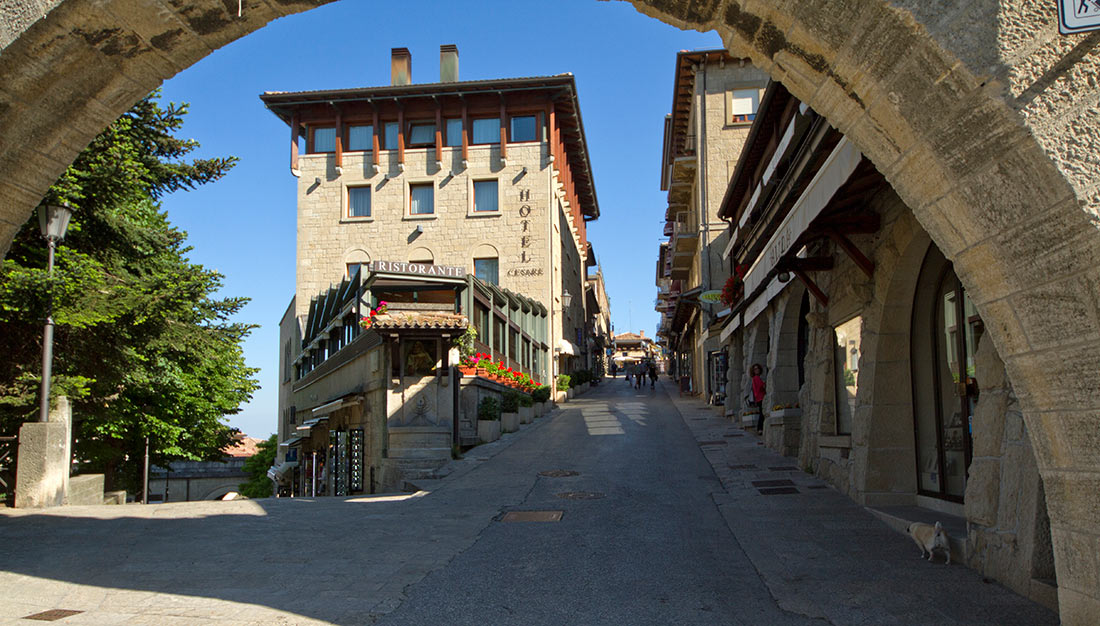
Photo: trolvag, via Wikimedia Commons (CC BY-SA 3.0)
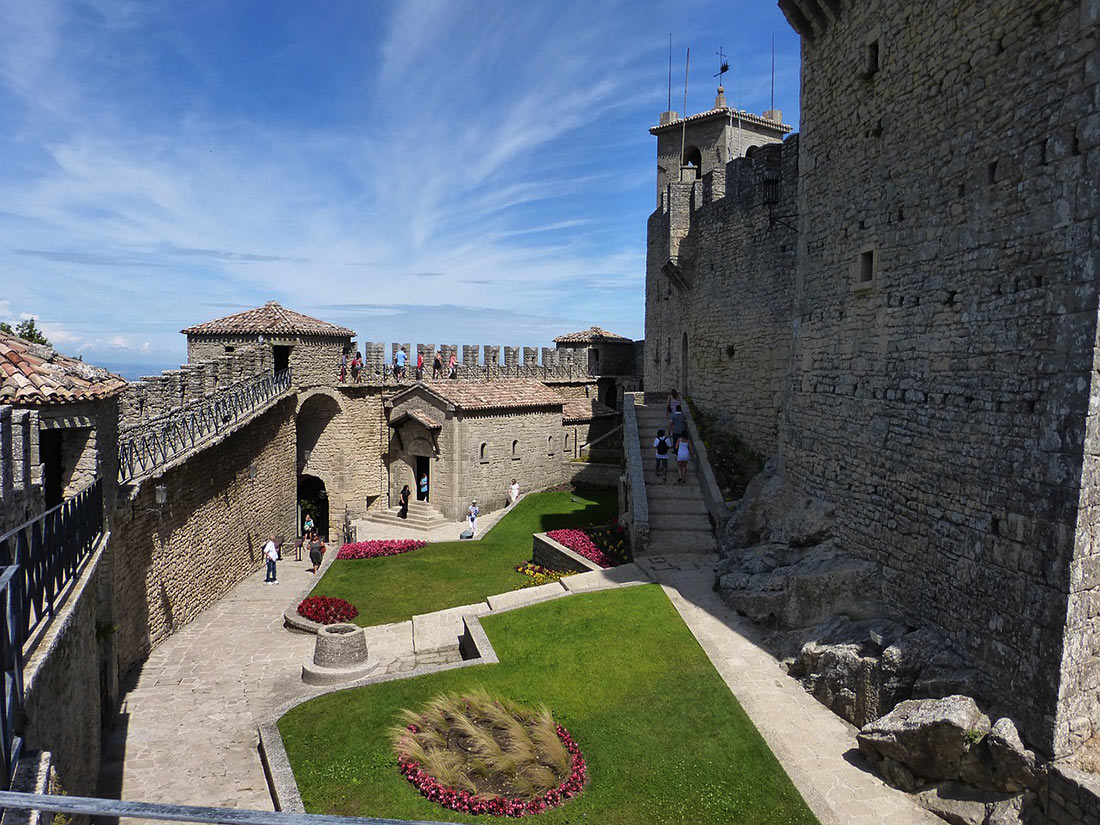
Photo: pixabay.com (CC0 Creative Commons)
San Marino has a lot of attractions that are perfectly preserved since ancient times. The most important of them are the three towers erected to protect the state. The Rocca tower, also called the Guaita, was erected in the early 11th century. The second tower, called the Cesta, was built in the XIII century on the highest point of Monte Titano. In the 13th century, the third tower, called the Montale, was also built.
The Guaita (the First Tower of San Marino)
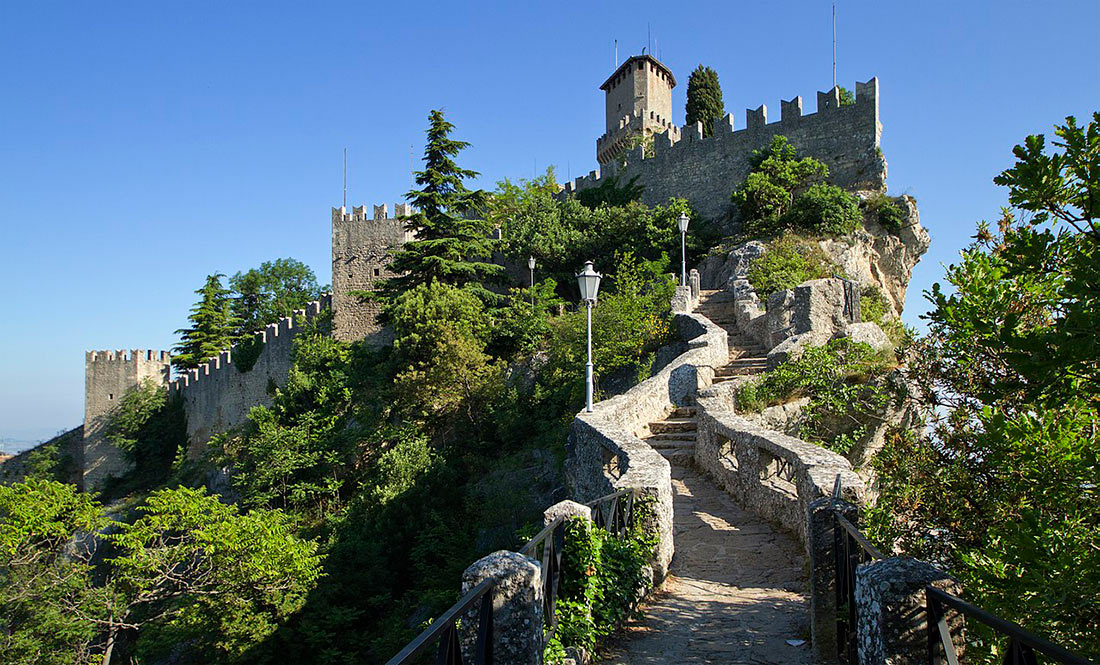
Photo: trolvag, via Wikimedia Commons (CC BY-SA 3.0)
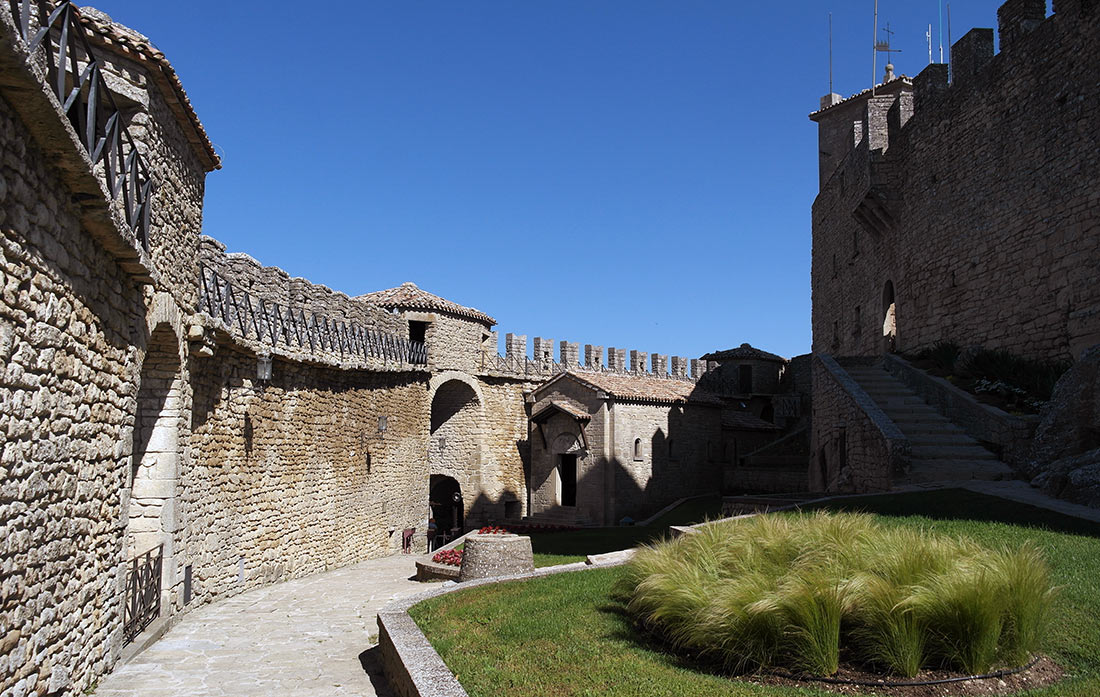
Photo: trolvag, via Wikimedia Commons (CC BY-SA 3.0)
The Cesta (the Second Tower)
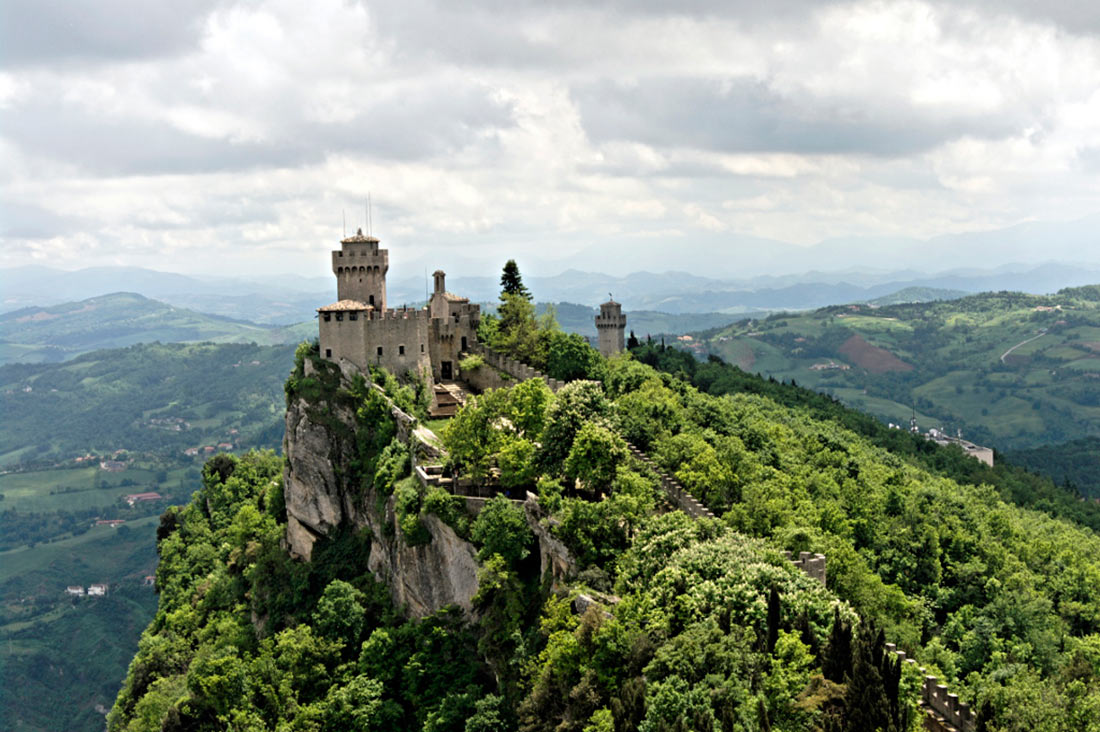
Photo: By Stefano Bendandi, from Wikimedia Commons (CC BY-SA 3.0)
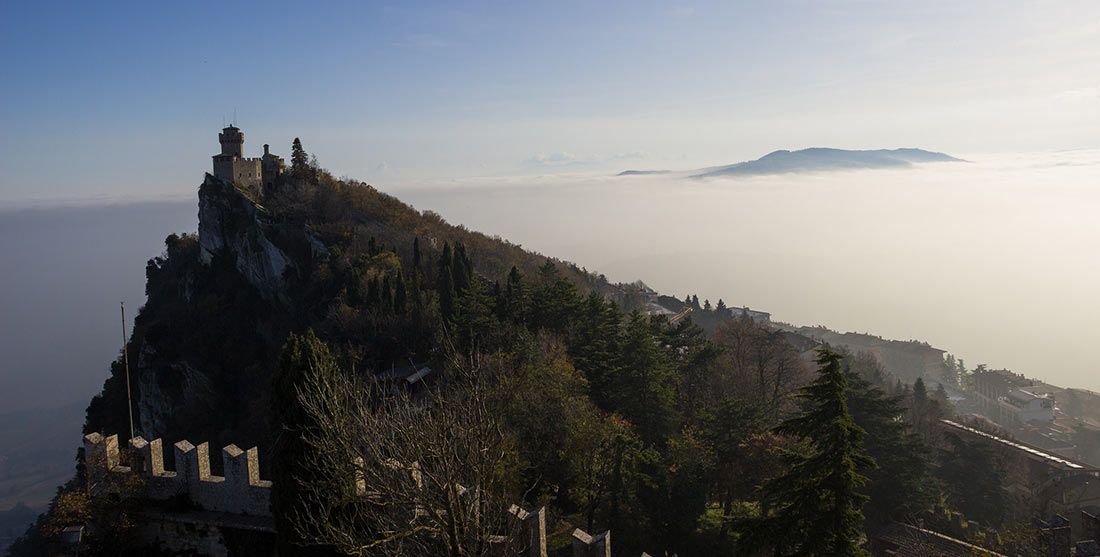
Photo: Giacomo Calanchi/flickr (CC BY 2.0)
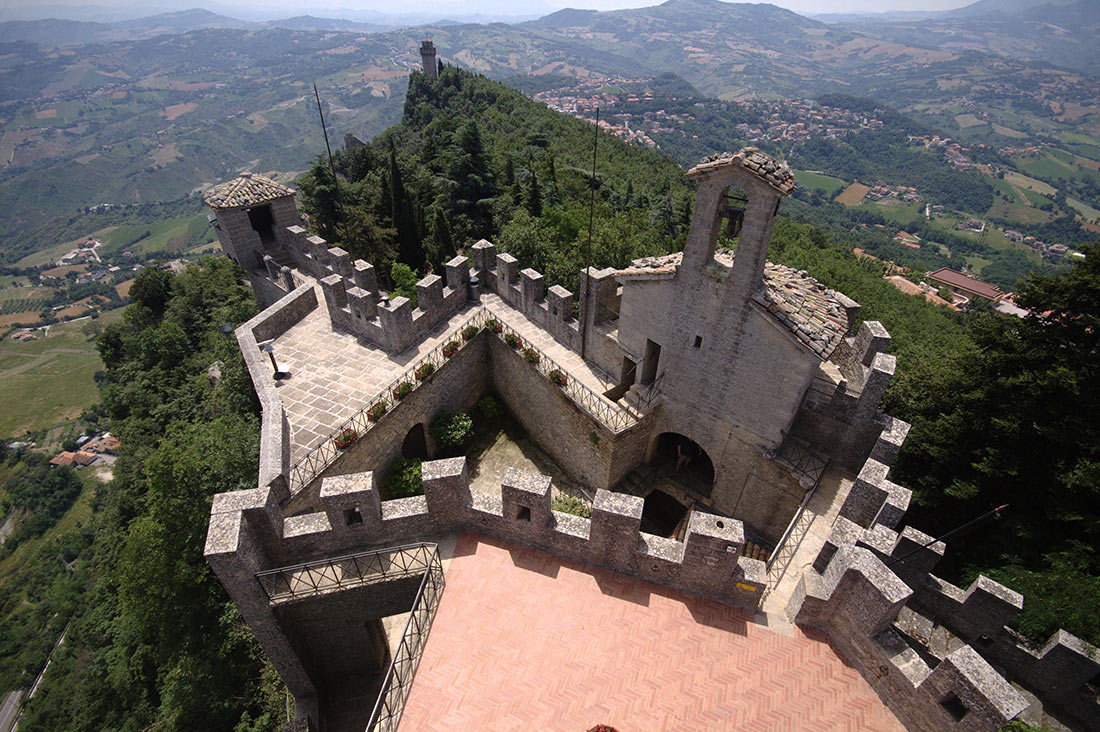
Photo: Gunnar Grimnes/flickr (CC BY 2.0)
The Montale (the Third Tower)
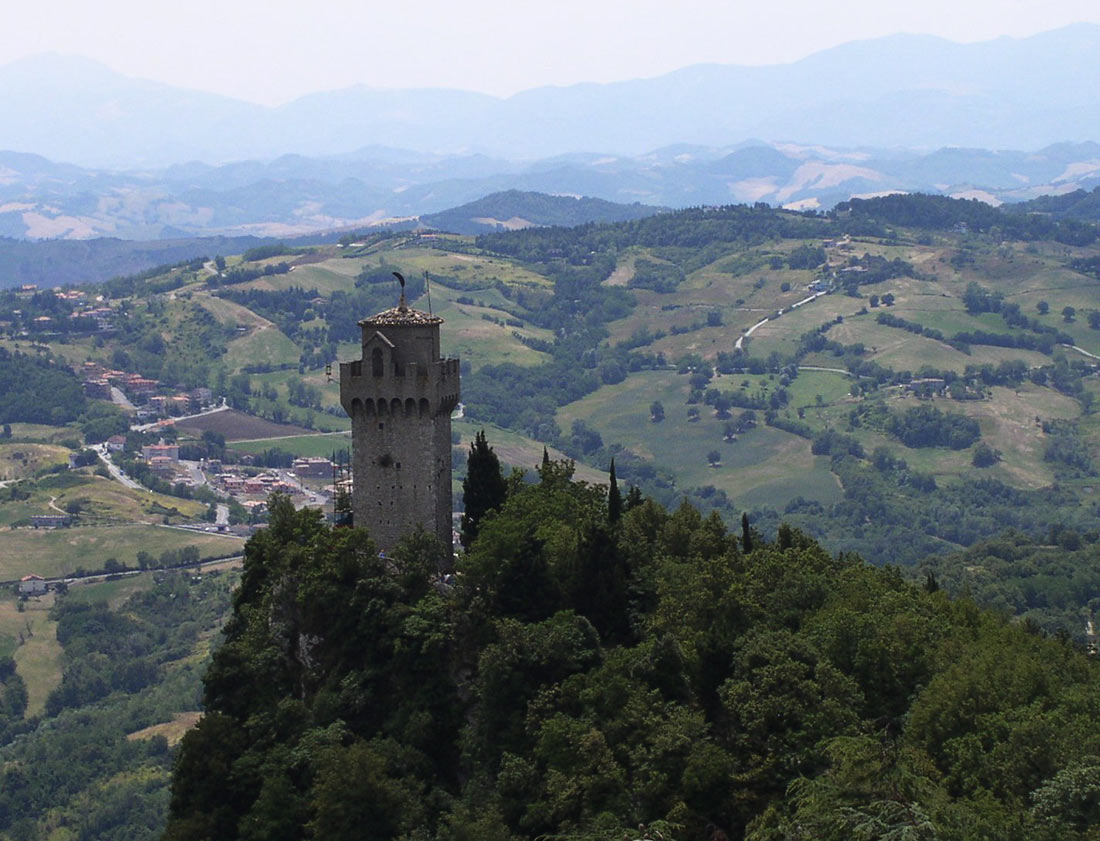
Photo: By Alaexis, from Wikimedia Commons (CC BY-SA 2.5)
In the historical center of San Marino there’s Palazzo Publico, which is the seat of the government of the Republic. In the heart of the capital town there’s the Titano Theatre. It was built in 1777 and totally renovated in 1941.
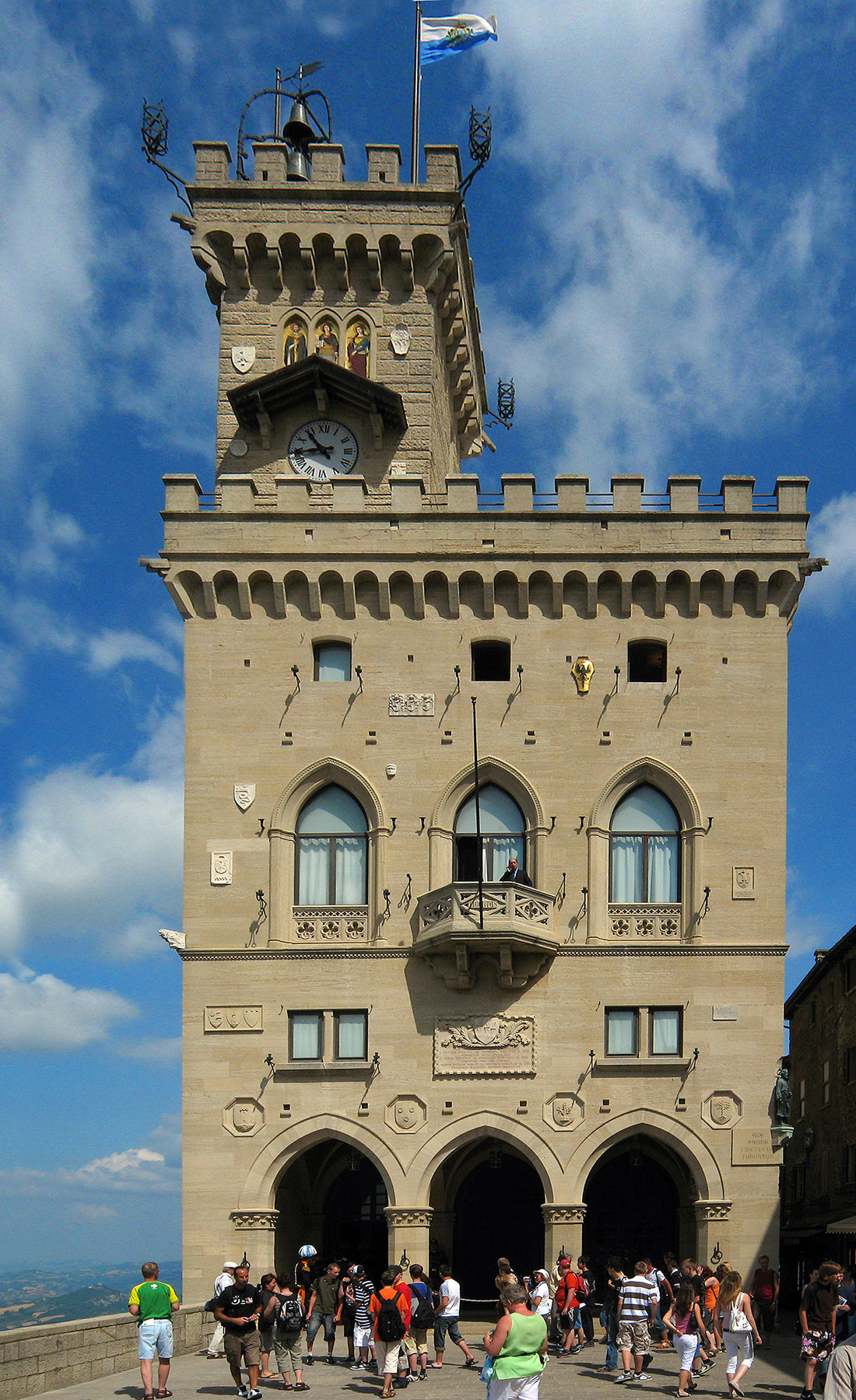
Photo: By Andreas Trepte, from Wikimedia Commons (CC BY-SA 2.5)
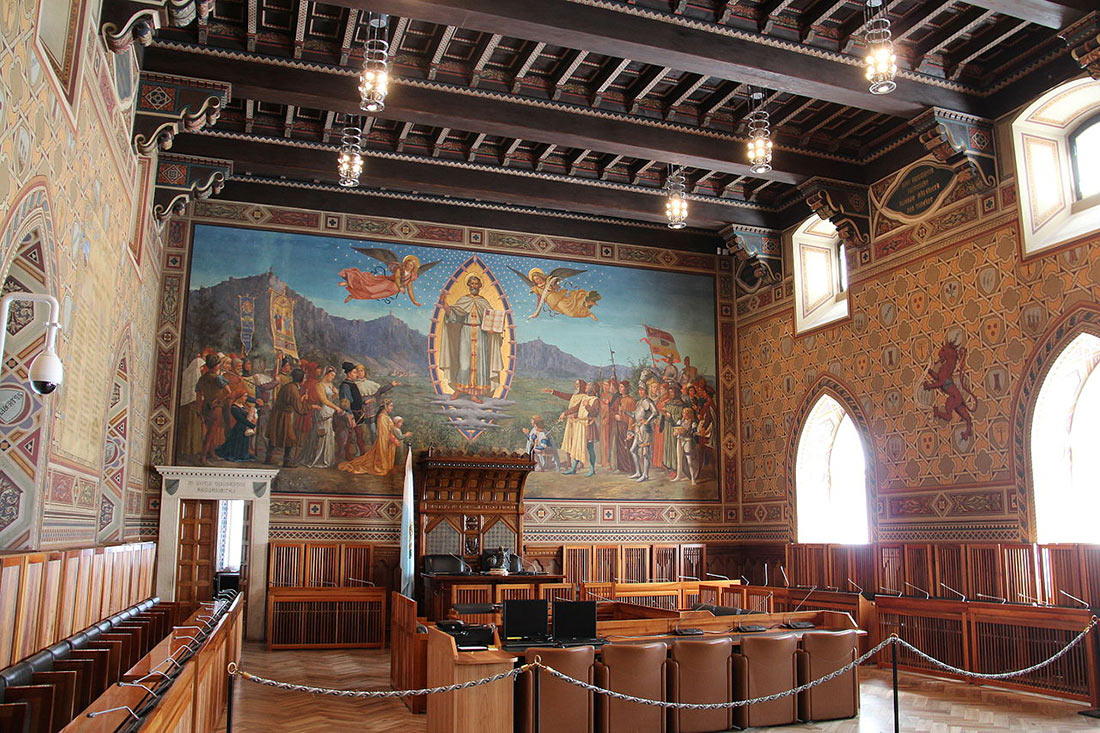
Photo: By Ninetyone, from Wikimedia Commons (CC BY-SA 4.0)
Although San Marino is rather small state, it has a lot of religious buildings. Among them Basilica of San Marino takes the special place. It was built in the middle of the 19th century on the remains of an ancient Roman church.
Basilica of San Marino
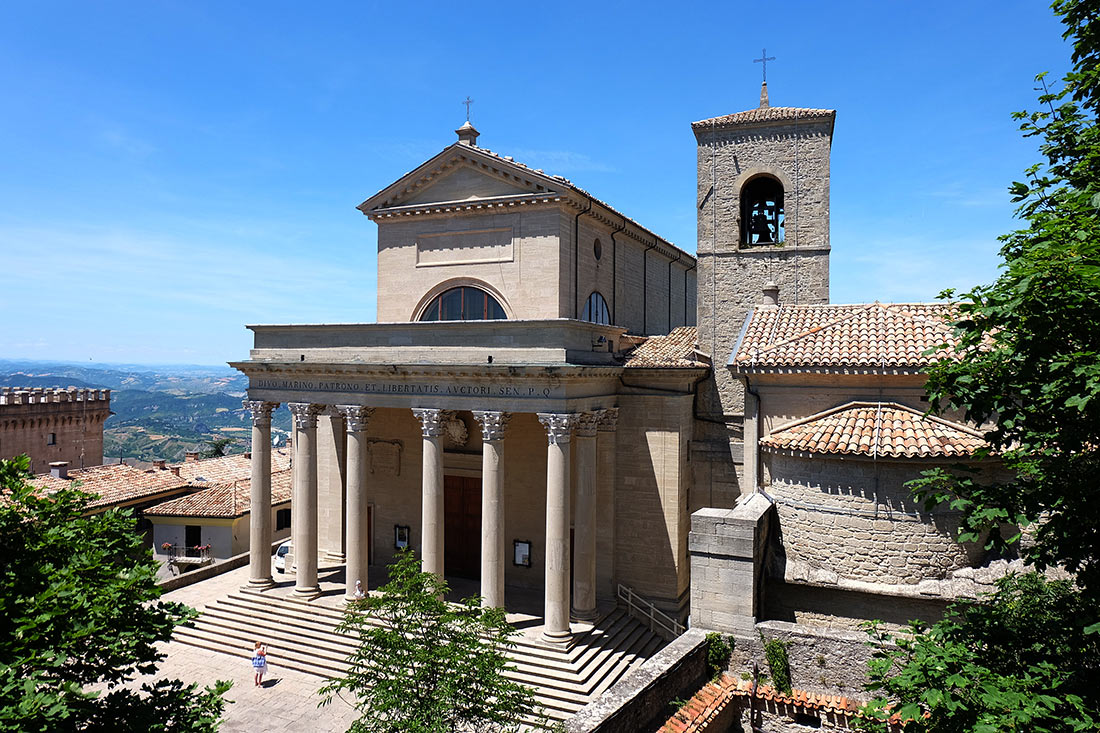
Photo: By Przemysław Jahr, from Wikimedia Commons (CC BY-SA 3.0)
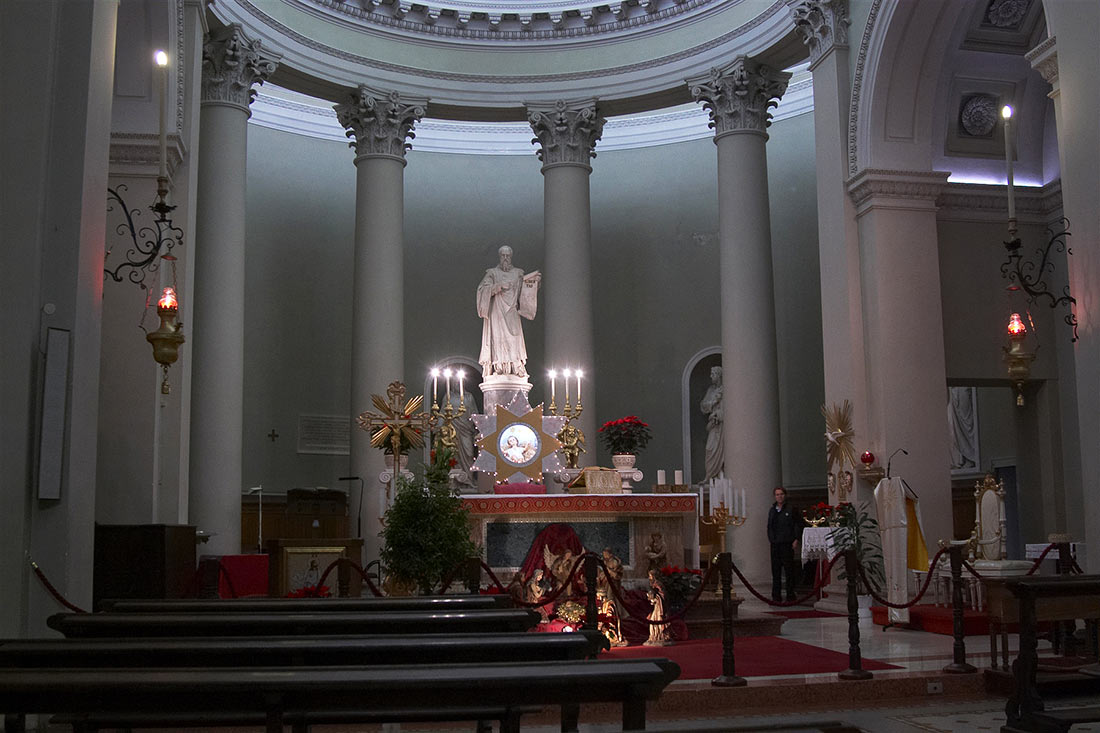
Photo: Zoran Kurelić Rabko, via Wikimedia Commons (CC BY-SA 3.0)
The church of San Pietro

Photo: By Adam91, from Wikimedia Commons (CC BY 3.0)
The church of San Francesco
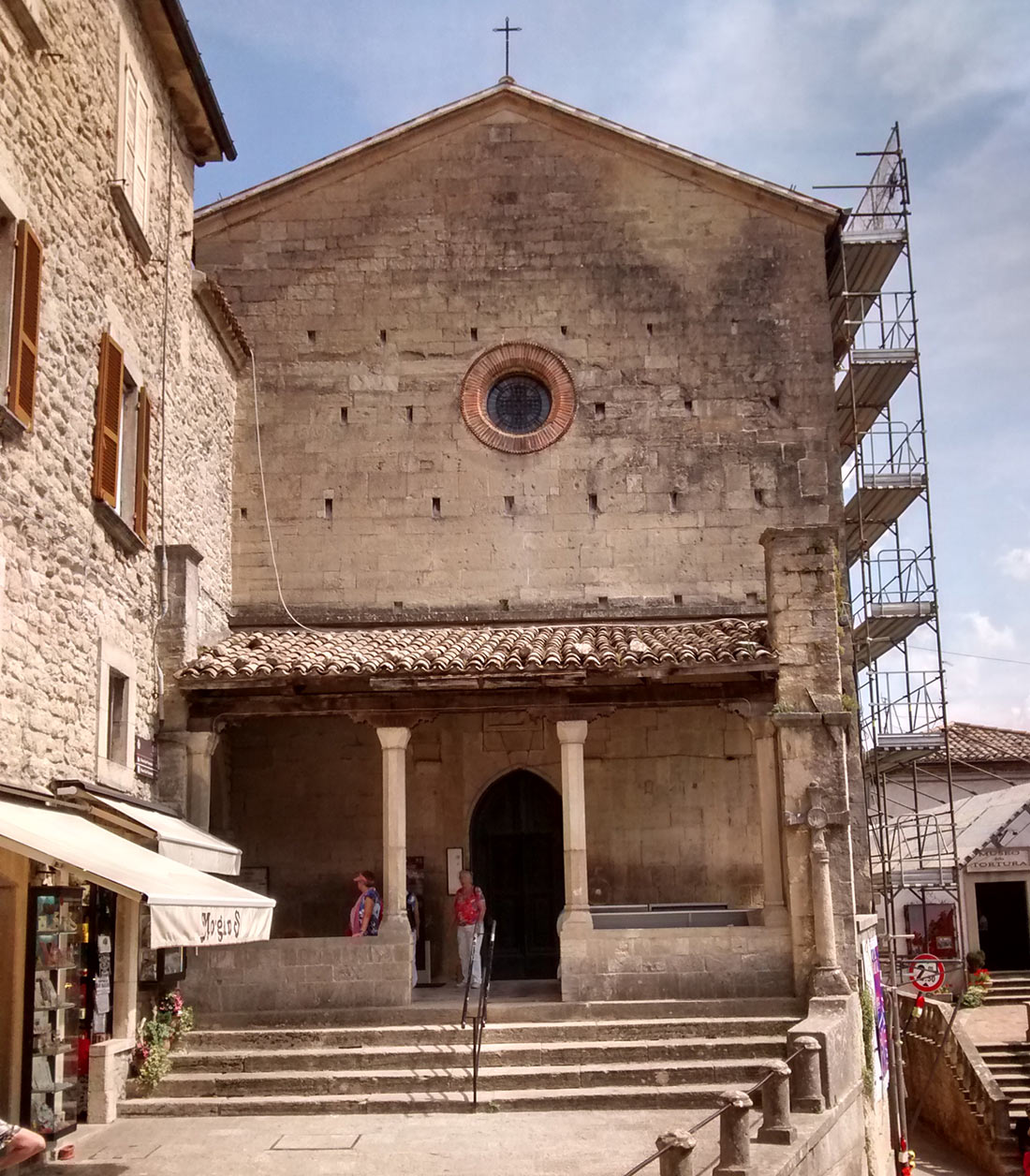
Photo: By Mr. Granger, from Wikimedia Commons (CC0)
All the business operations are carried out not in the City of San Marino, but in Borgo Maggiore, a small town located 185 meters below. This tradition was established in the Middle Ages. From ancient times it was the place for markets and fairs. Now San Marino and Borgo Maggiore are connected by aerial tramway.
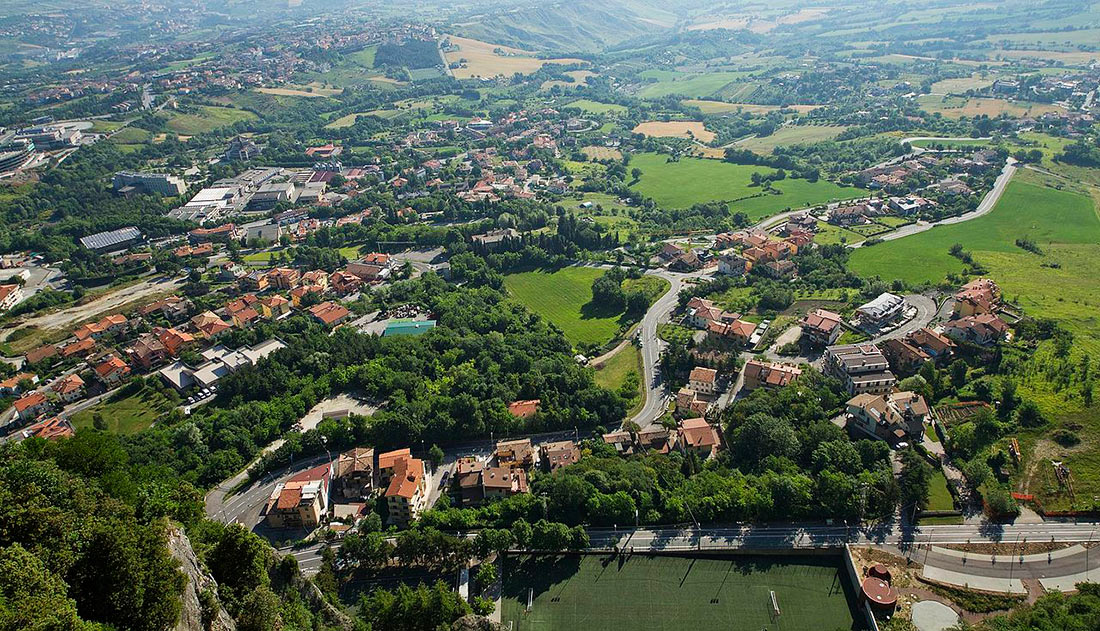
Photo: trolvag, via Wikimedia Commons (CC BY-SA 3.0)
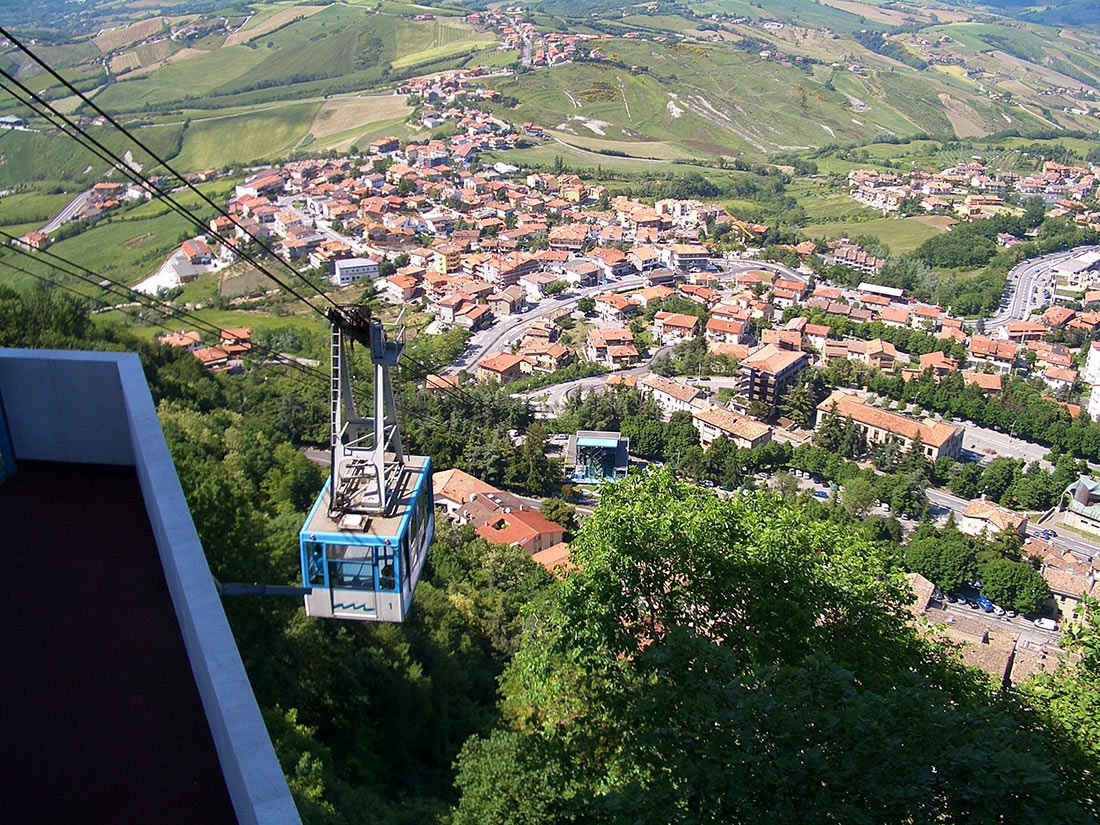
Photo: By Vladimir Menkov, from Wikimedia Commons (CC-BY-SA-3.0)
Despite Borgo Maggiore is a small town, it is rather interesting as well. It features the Museum of Natural History. Also tourists can visit wine cellars and see the Bell Tower. There also are two churches in the town: the Church of the Suffrage and the church of the Blessed Virgin Mary Our Lady of Consolation.
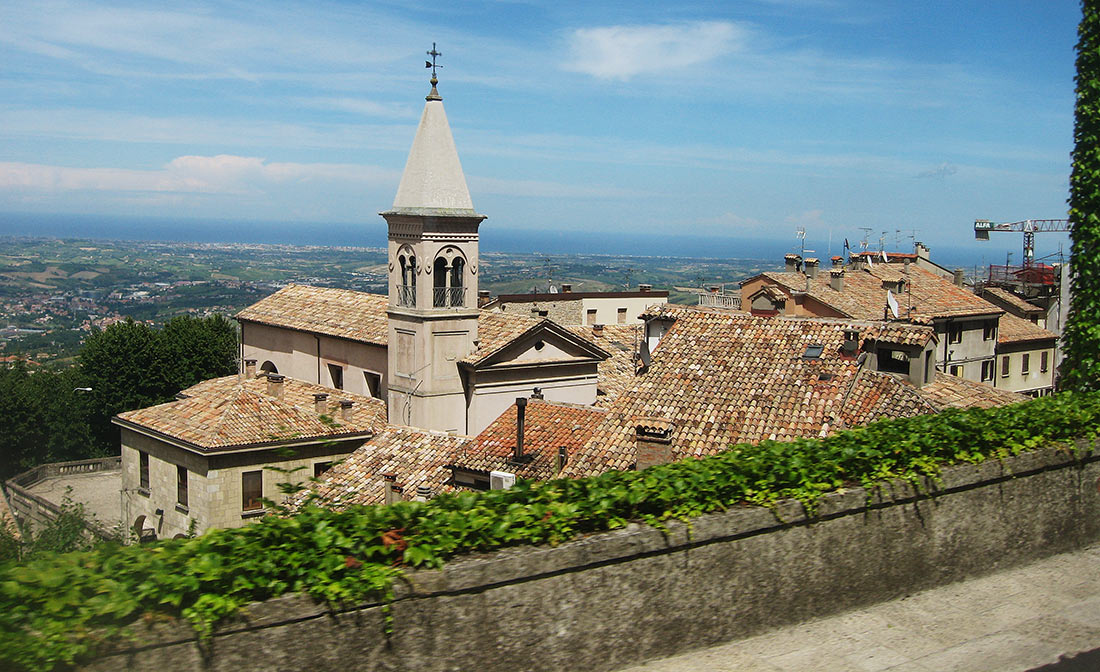
Photo: By Cezar Suceveanu, from Wikimedia Commons (CC BY-SA 4.0)
In 2008, the historical centers of San Marino, the Borgo Maggiore and the mountain where they are located became a part of the UNESCO World Heritage List.

Photo: publicdomainpictures.net (CC0 Public Domain)
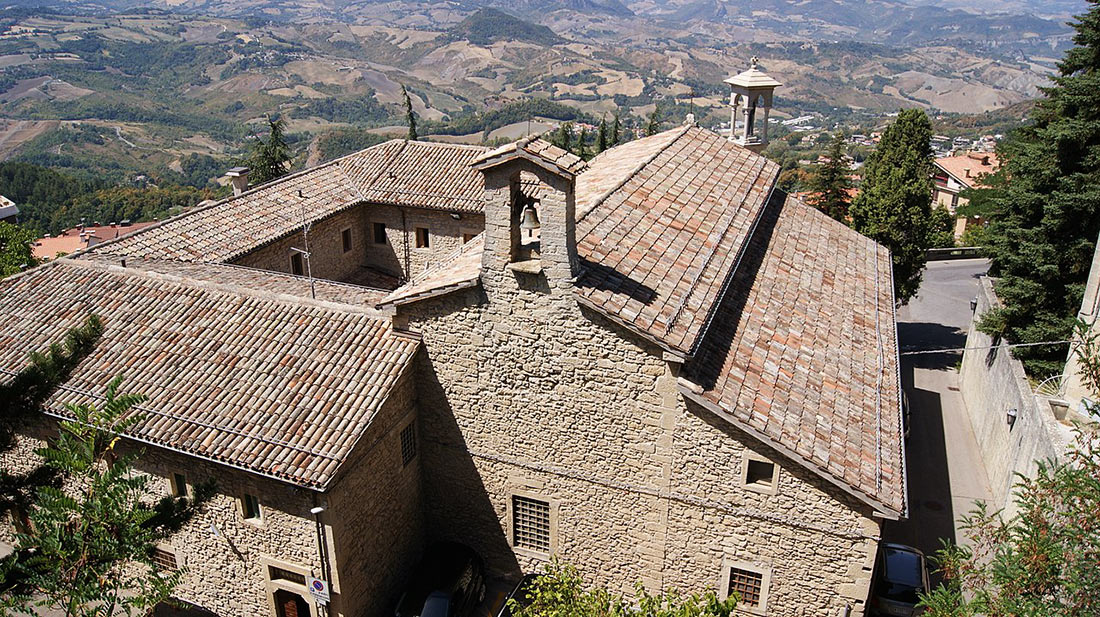
Photo: By Asurnipal, from Wikimedia Commons (CC BY-SA 4.0)
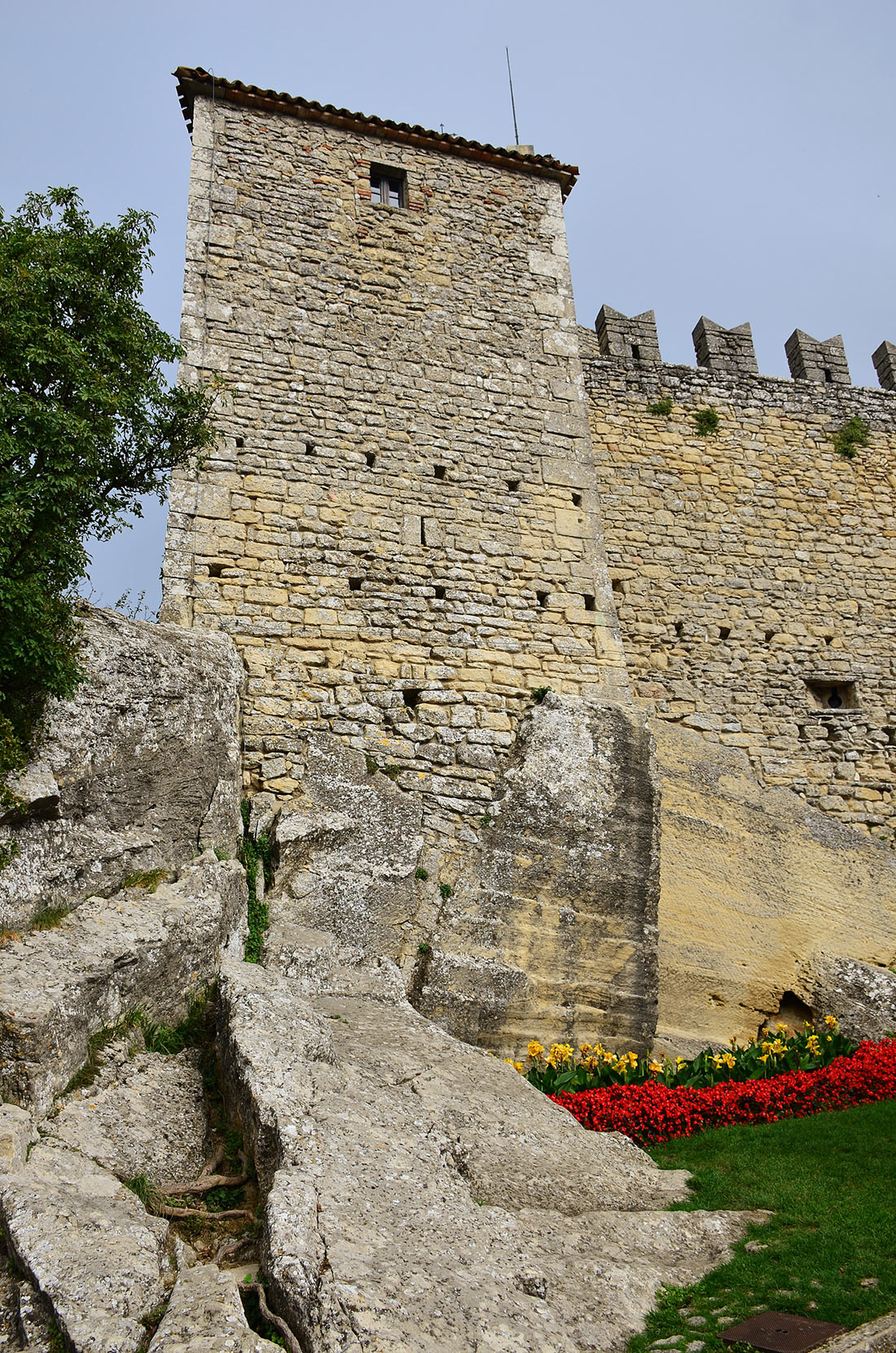
Photo: Anthony G. Reyes/flickr (CC BY-ND 2.0)
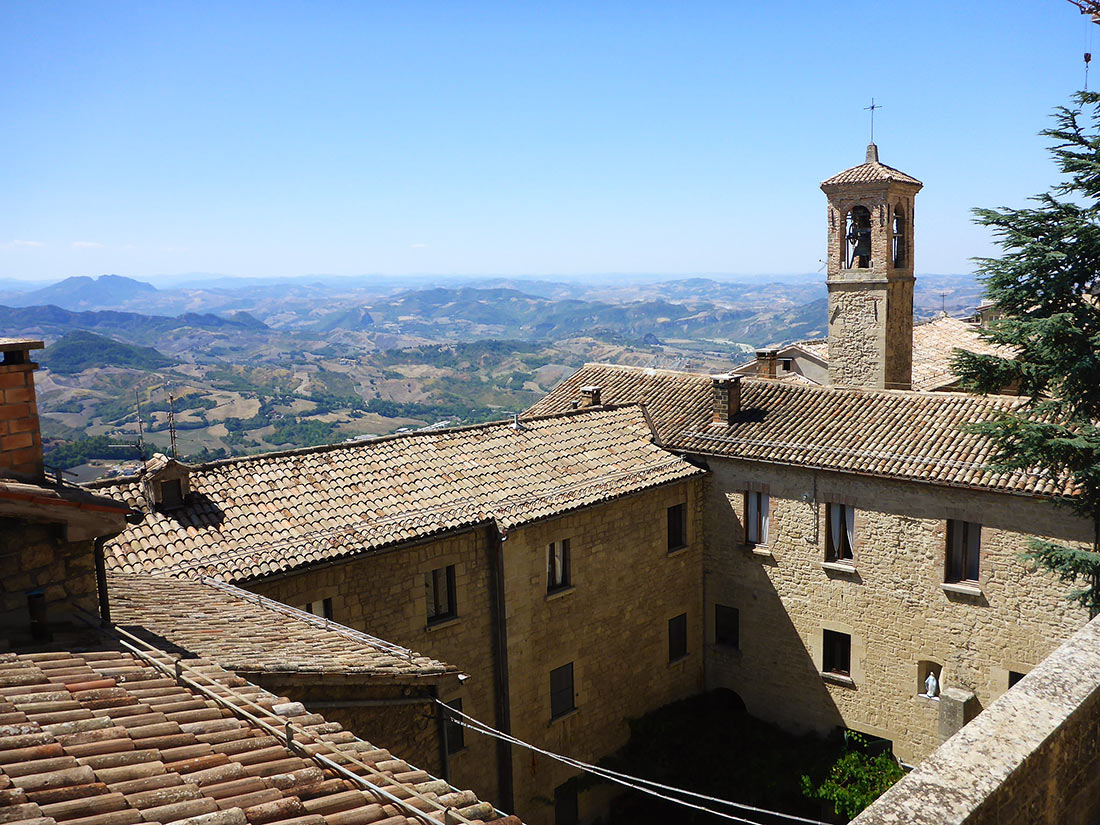
Photo: christian.vielma/flickr (CC BY-SA 2.0)
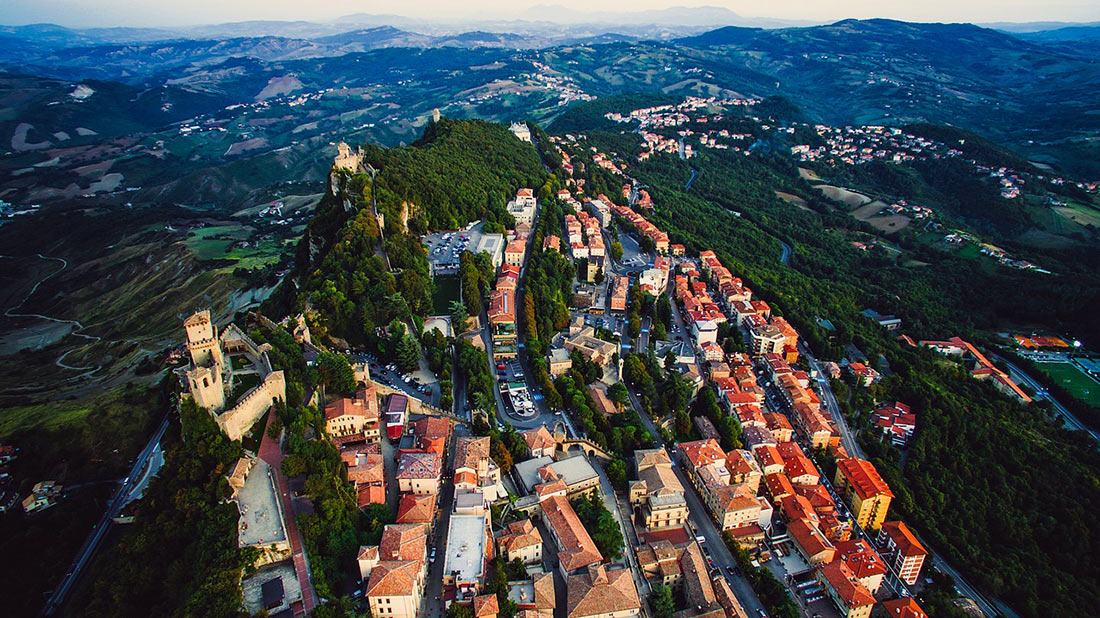
Photo: pixabay.com (CC0 Creative Commons)
Preview: pixabay.com (CC0 Creative Commons)
How to get to San Marino:
The nearest airport is situated in the city of Rimini and called Federico Fellini International Airport. From Rimini to San Marino you can get by bus or taxi.






























